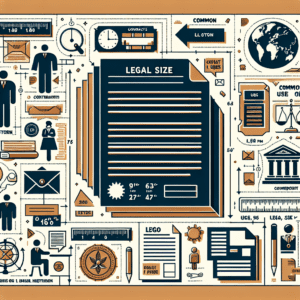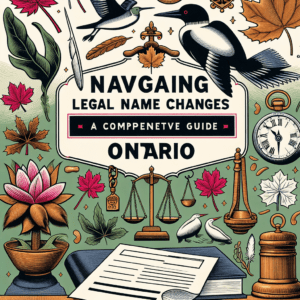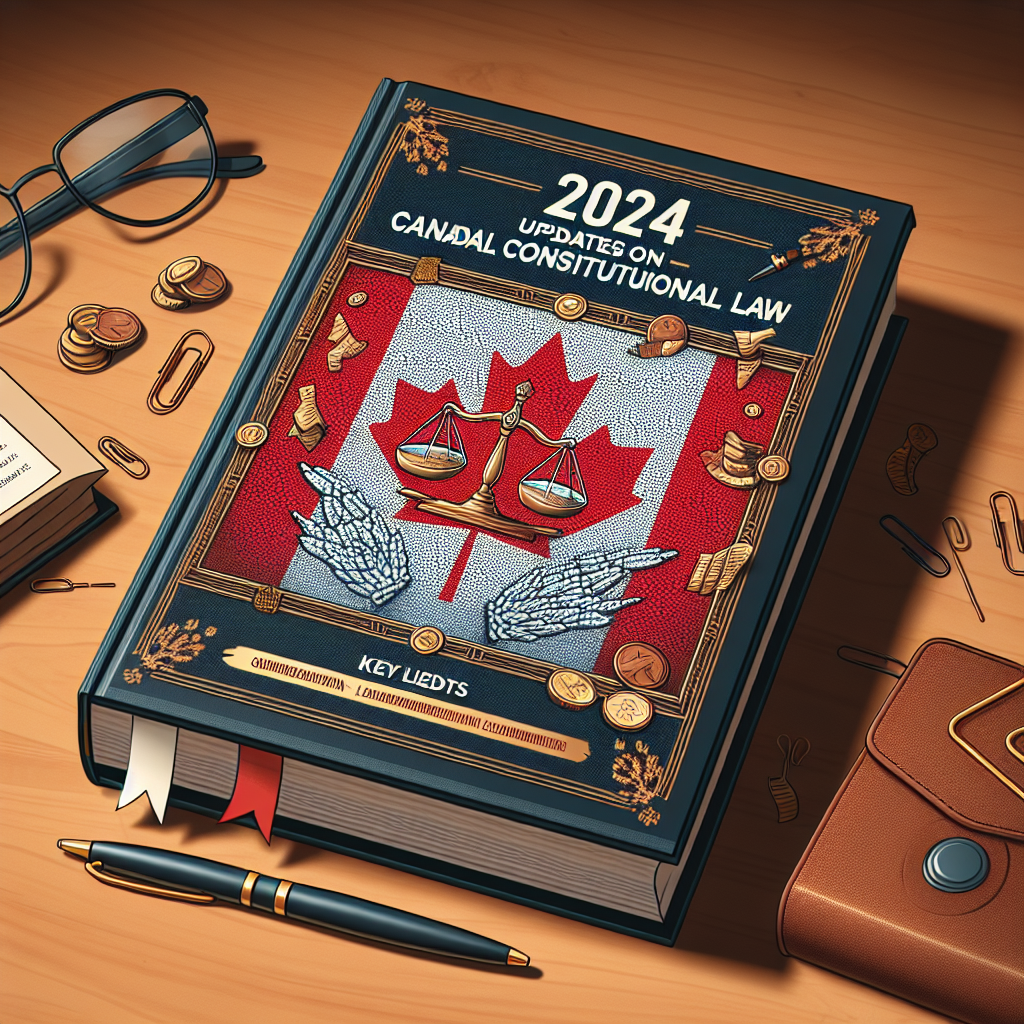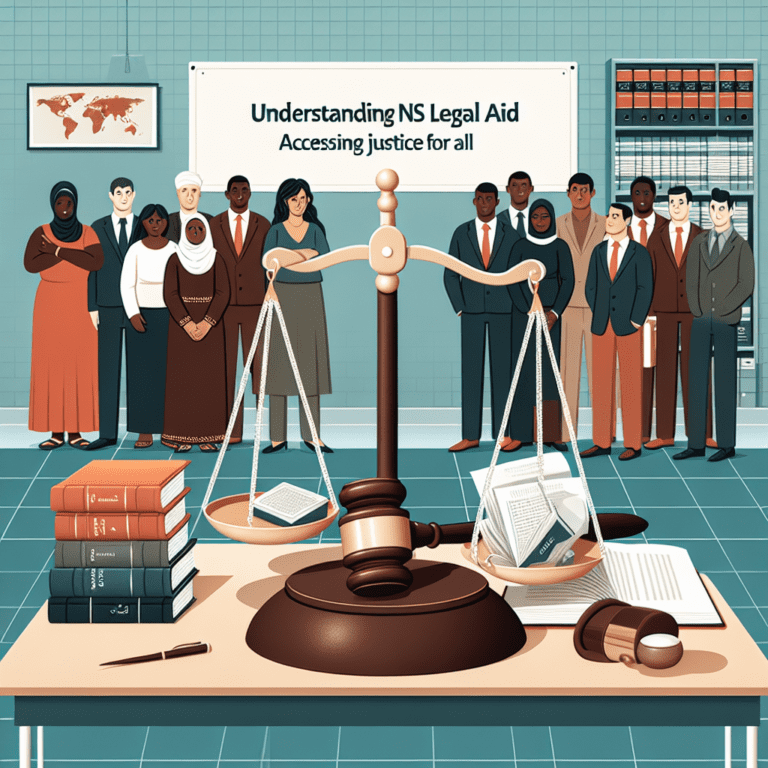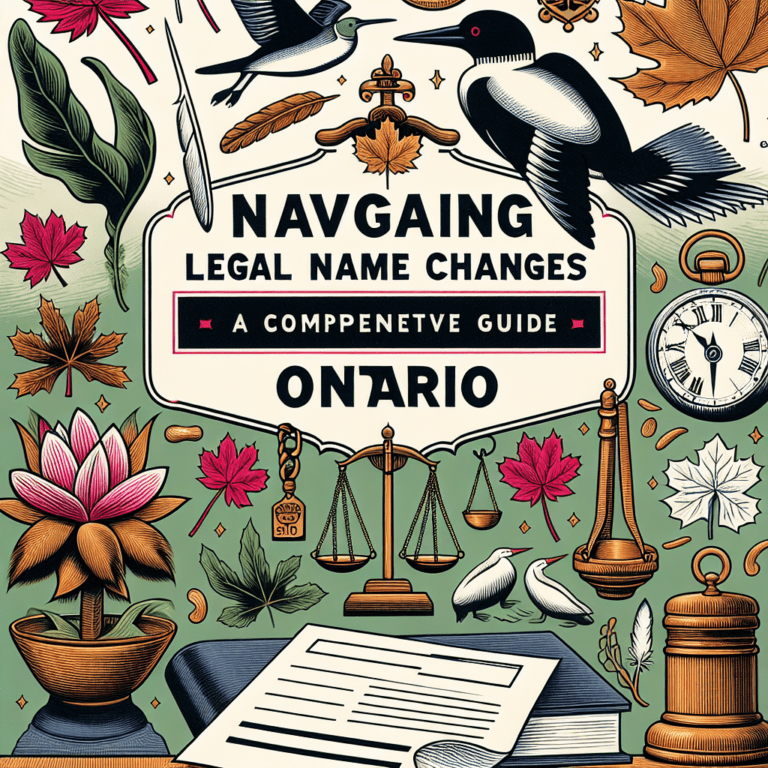===
As we delve into Canadian constitutional law updates in 2024, the landscape is witnessing transformative shifts that can significantly impact legal practitioners, scholars, and citizens alike. With the evolving nature of constitutional rights, staying abreast of these developments has never been more crucial. A failure to recognize these changes could result in missed opportunities for advocacy or compliance. This article illuminates the major judicial decisions and legislative amendments that are shaping Canadian constitutional law this year, ensuring you are equipped with cutting-edge insights vital for navigating this complex terrain.
Major Judicial Decisions Shaping Canadian Constitutional Law in 2024
In 2024, the Supreme Court of Canada has issued landmark rulings that underscore the judiciary’s pivotal role in interpreting constitutional rights. One of the most significant decisions pertains to the balancing of individual rights against public safety concerns. In a case involving freedom of expression during public demonstrations, the Court reaffirmed the importance of Section 2(b) of the Canadian Charter of Rights and Freedoms. The justices ruled that while public safety is a legitimate government concern, it cannot infringe upon citizens’ right to free speech without compelling justification. This ruling not only clarifies the boundaries of free expression but also sets a precedent for future cases concerning civil liberties.
Another notable ruling addressed the rights of Indigenous peoples, emphasizing their inherent rights to self-determination and governance. The decision reinforced the principles established in previous rulings, particularly regarding treaty rights and the duty to consult. By expanding the scope of Indigenous rights under Section 35 of the Constitution Act, 1982, the Court has sent a clear message about the necessity of reconciliation and meaningful engagement with Indigenous communities. Legal professionals and policymakers must understand the implications of this ruling, as it could transform the dynamics of negotiations and resource management across Canada.
The third pivotal decision involved privacy rights in the digital age. In a case concerning data collection by law enforcement without a warrant, the Court ruled that such practices violate Section 8 of the Charter, which protects against unreasonable search and seizure. This ruling carries significant implications for technology companies and law enforcement agencies, as it sets stringent guidelines around data privacy. The decision also highlights the judiciary’s acknowledgment of the evolving nature of privacy in the digital context, prompting a reevaluation of existing laws and practices. Legal experts should monitor how this decision influences future legislation and judicial interpretations around privacy rights.
Legislative Amendments and Their Impact on Constitutional Rights
In 2024, several key legislative amendments have been introduced that impact the constitutional rights landscape in Canada. One of the most consequential is the amendment to the Canadian Human Rights Act, which now includes explicit protections against discrimination based on socio-economic status. This change is groundbreaking, as it recognizes the intersectionality of rights and aims to combat systemic inequalities that have long persisted in Canadian society. Legal advocates and community organizations are poised to leverage this amendment to challenge discriminatory practices, making it a game-changer for social justice initiatives.
Moreover, the introduction of a new Privacy Protection Act has garnered attention for its far-reaching implications. This legislation is designed to enhance individual control over personal data and tighten restrictions on data handling by private entities. By aligning with international privacy standards, such as the General Data Protection Regulation (GDPR), this Act represents a significant advancement in protecting citizens’ digital rights. Legal practitioners must remain vigilant about how this new framework interacts with existing constitutional protections and the potential for litigation arising from data breaches or misuse.
Furthermore, 2024 has witnessed a renewed focus on freedom of assembly and protest rights. The government has proposed amendments to clarify the legal framework surrounding public gatherings, aiming to strike a balance between community safety and individual rights. These amendments seek to codify protections for peaceful protests while addressing concerns raised during civil unrest. Advocates for civil liberties will need to scrutinize these changes closely, as they may alter the landscape of public demonstrations in Canada. Understanding the nuances of this legislative shift is crucial for those involved in advocacy and activism.
===
In summary, the updates in Canadian constitutional law for 2024 reveal a dynamic interplay between judicial rulings and legislative changes that redefine the rights and freedoms of citizens. Staying informed about these developments is essential for legal professionals, activists, and everyday citizens who seek to navigate the complexities of constitutional law. As we move forward, the implications of these transformations will continue to unfold, presenting both challenges and opportunities. It is imperative to engage with these changes actively—whether through advocacy, scholarly inquiry, or public discourse—to foster a more just and equitable society. For further exploration of these pivotal issues, we encourage readers to delve deeper into the context of these updates and consider their implications in practice.
Navigating Legal Aid Options for Refugees in Canada 2024Exploring Human Rights Legal Support in Canada: 2024 InsightsNavigating Legal Support for Wrongful Termination in Canada 2024Relevant LinkRelevant LinkRelevant LinkUnderstanding LegalZoom Billing: Fees, Structure, and InsightsUnderstanding LegalZoom’s Basic Will: Key Features ExplainedUnderstanding LegalZoom’s Business Address Services ExplainedRelevant LinkRelevant LinkRelevant LinkUnderstanding Legal Self-Defense Weapons in CanadaUnderstanding Legal Paper Size: Dimensions and Uses ExplainedNavigating Legal Name Changes in Ontario: A Comprehensive GuideRelevant LinkRelevant LinkRelevant Link








